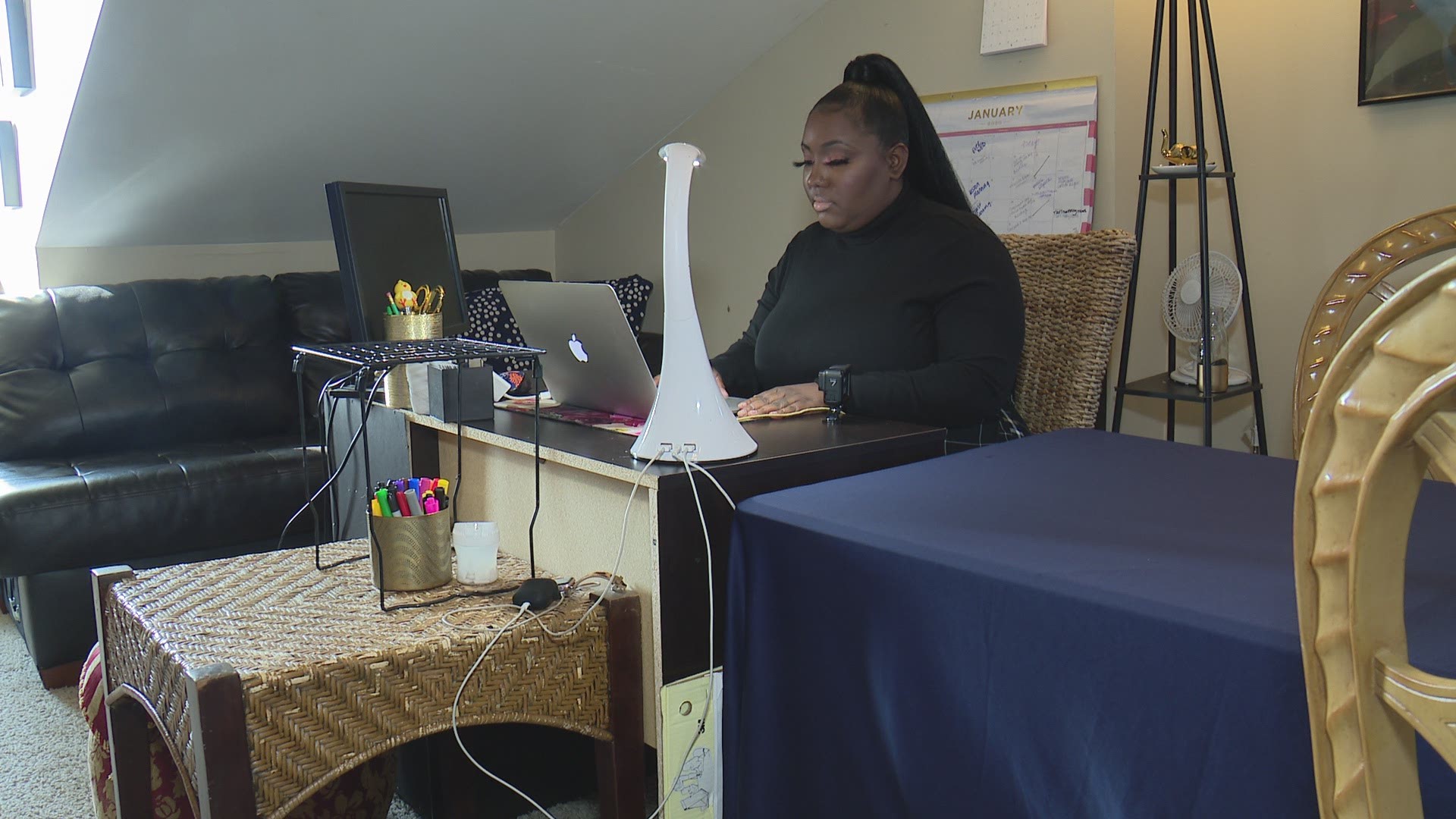
Mobilizing is a great way to heal injuries and manage chronic pain. It provides the body with just enough stimulation without overwhelming it. It can reduce recovery times by mobilizing quickly after injury or surgery. Mobilization is also a great method to prevent or treat chronic pain problems, and to relieve muscle knots.
The theory of resource mobilization
Resource mobilization is the process of obtaining resources from a resource provider in order to achieve a predetermined goal. You can use a variety techniques and mechanisms to mobilize resources. Humanitarian aid is the most common use of resource mobilization. There are other uses of resource mobilization theory.
Resource mobilization theory stresses that coordination and strategic effort are key to mobilizing resources. While individual resources may vary in their quality, groups can still make up the difference by efficiently using the resources they have. In addition, the availability of a diverse set of resources enhances the likelihood of effective collective action.

Mobilization of the community
It is essential to have a plan for emergency response. This involves mobilizing the community and including citizens and leaders in decision-making. Seven key steps are required for community mobilization to be successful. These include identifying community needs and resources and setting priorities. Planning and execution, evaluation, and evaluation. It also encourages responsible governance as well as accountability and peaceful changes.
It is vital to understand the contexts in which community mobilization takes place. It is common for a country to be in conflict, or going through socioeconomic change. Therefore, community mobilization efforts should consider both positive as well as negative tensions. The process must be open and transparent. It is essential to take steps to reduce negative effects of community mobilization efforts and adhere to the "Do No Harm” principle at all costs.
Military mobilization
Military mobilization is a process that the government uses to prepare its military for war. It involves training, organizing supplies and equipment, as well gathering and training people. A government may mobilize all of its armed force or a fraction within a certain timeframe. Selective mobilisation is when a large group of soldiers or civilians are assembled to meet a specific threat. This type of mobilization might be necessary for a certain time frame, such as when a national disaster occurs.
Mobilization became a hot topic in the 19th century. The telegraph and railways were technological advances that made it possible to organize and coordinate military forces. In times of crisis, Rome was able mobilize six to ten percent of its citizens. Although conscription was not widely accepted at the time, it was used to ensure that a well-trained reserve was available in case of war.

Evaluation of mobilization effort
The evaluation of a knowledge mobilization program can help determine the success or failure. It can be used to help improve future KMb efforts and help assess the effectiveness of knowledge mobilization efforts. Evaluations of KMb activities can help to change the beliefs and collaborate between knowledge producers/users.
An evaluation of a community mobilisation effort should include the goals and strategies of each component, along with their impact. It can be done by measuring the number and quality of each component, as well as their participation in the process. You can also use the evaluation to determine if the effort led to positive outcomes for the community.
FAQ
What do you focus on in life coaching?
The ability to help people develop their skills and strengths to achieve goals.
It is important to learn about their thoughts, how they think, and what motivates. To help them find solutions for the problems that they are facing.
To give them confidence and self-belief to take control of their lives.
To help them learn from their mistakes and move on to the future.
Teach them how to be happier, healthier, more fulfilled, and more successful.
To help them develop practical communication skills.
To assist them in building strong relationships.
To show them how they can manage their time efficiently.
To help them understand how they can motivate themselves and others.
To inspire them to be leaders.
What are the responsibilities associated with a life coach
A life coach helps individuals achieve their personal goals. He/she provides education on how to improve your health, nutrition, fitness or work/life balance, as well as advice about career development and relationships.
Life coaches can also help clients to develop positive attitudes towards self improvement and set achievable goals.
A coach can offer encouragement and support, which is the most important thing. They don't have all the answers but they know how to ask questions and guide you towards solutions.
They are there to assist you in making decisions and taking action towards achieving your goals.
What are the life coaching benefits?
A life coach can help you live a happier life by helping to achieve your goals, overcome obstacles, and change your habits so that you are more fulfilled.
A life coach can also help people improve their self-awareness, build trust, improve relationships, increase motivation, and maximize productivity.
A life coach is a person who helps you succeed.
What can I expect to get from my first coaching session?
Your first appointment with a Life Coach will typically last around one hour. You'll meet with your coach face-to-face for the first time.
This is where your coach will get to know you and ask about your current situation. This will allow them to personalize their approach.
Your coach might ask you to fill out a questionnaire to get a clear picture of who you are and what is important to you.
Your coach will detail the services they provide and the fees. You'll decide together which ones you think would best suit you.
Statistics
- According to relationship researcher John Gottman, happy couples have a ratio of 5 positive interactions or feelings for every 1 negative interaction or feeling. (amherst.edu)
- These enhanced coping skills, in turn, predicted increased positive emotions over time (Fredrickson & Joiner 2002). (leaders.com)
- People with healthy relationships have better health outcomes, are more likely to engage in healthy behaviors, and have a decreased mortality risk.1 (verywellmind.com)
- If you expect to get what you want 100% of the time in a relationship, you set yourself up for disappointment. (helpguide.org)
- According to a study from 2017, one of the main reasons for long-term couples splitting up was that one of the partners was no longer showing enough affection and attention to the other. (medicalnewstoday.com)
External Links
How To
How to be a life coach
Becoming a life coach is one of the most popular questions asked online. While there are many methods to become a coach, you should first learn the basics of how it works.
-
Discover what you are passionate about. Before you begin any career, you need to identify your passion and interest. Coaching is easy if your goal is to be a coach. Before looking at different options, think hard about what makes you interested in this field. If you feel that you want to help others, then learn how to become an life coach.
-
Set goals and create a plan. Plan your career once you've decided what you want. Learn about the profession by reading books. Make a list of everything that you learn and save it so you can find them again when you need. Do not rush to accomplish your goals without having a clear vision. You should set realistic goals for the next few years.
-
Be patient. Becoming a life coach takes a lot of patience and dedication. The first year of coaching is the most difficult. The initial training period will require you to spend approximately 2-4 hours per work week with clients. This could mean you have to work many hours on weekends and nights. If you love what your job does, you will not feel tired after working 14 hours per day.
-
Get certified. You will need to be certified by a recognized organization like the NLP Certification Institute (NLCI) in order to become a licensed coach. This certification will make you more credible to potential employers and help open doors for new opportunities.
-
Network. You should also build relationships with other experts and coaches. Learn from other coaches and seek their advice. If you have sufficient experience, you can help other coaches who are just beginning to coach.
-
Keep learning. Never stop learning. Explore books, blogs and articles about the field. You can learn more about the psychology and human behavior of people, as well as communication skills.
-
Keep positive. Negative attitudes are one of the biggest errors made by new coaches. It is important to remember that success in life coaching requires a positive attitude. Your words and actions can reflect on your clients. Be positive and smile.
-
Practice patience. It is the most challenging year when you first start coaching life. Take breaks now and then and remind yourself why you decided to become a life coach in the first place.
-
Enjoy the process. It may seem like an endless road ahead, but the rewards are far greater than the obstacles. Along the way you'll meet some amazing people and will also learn a lot.
-
Have fun. Finally, enjoy the ride. Have fun.